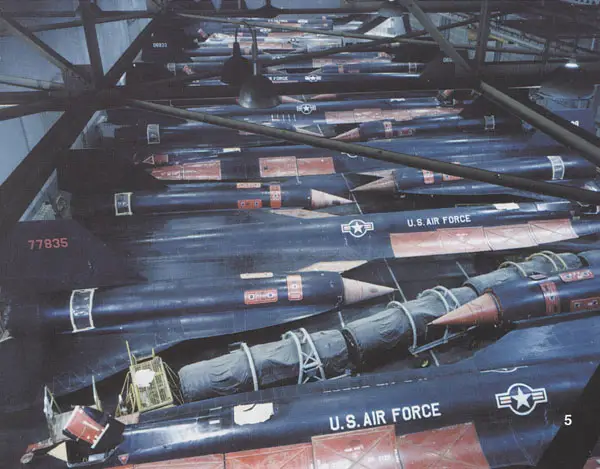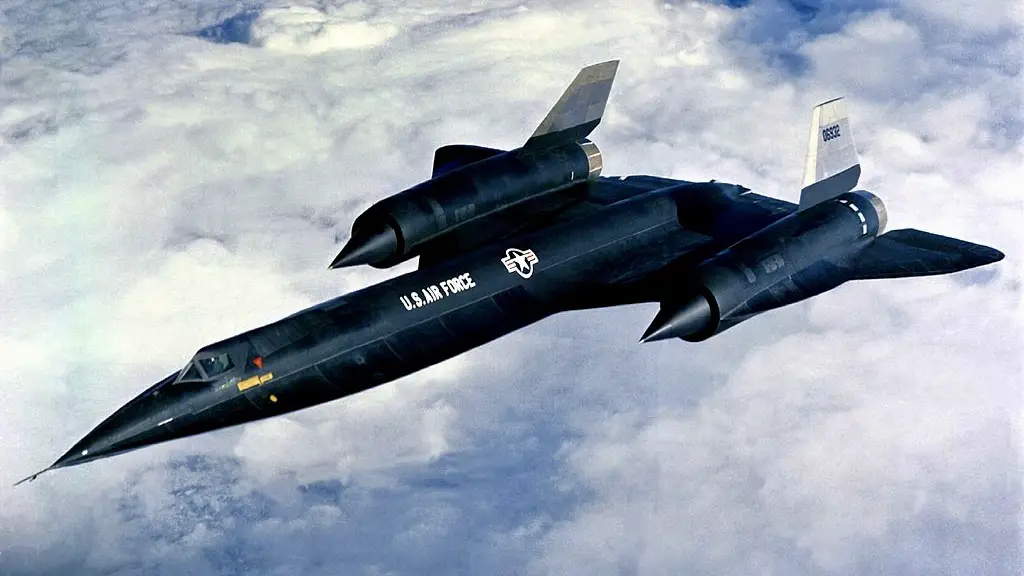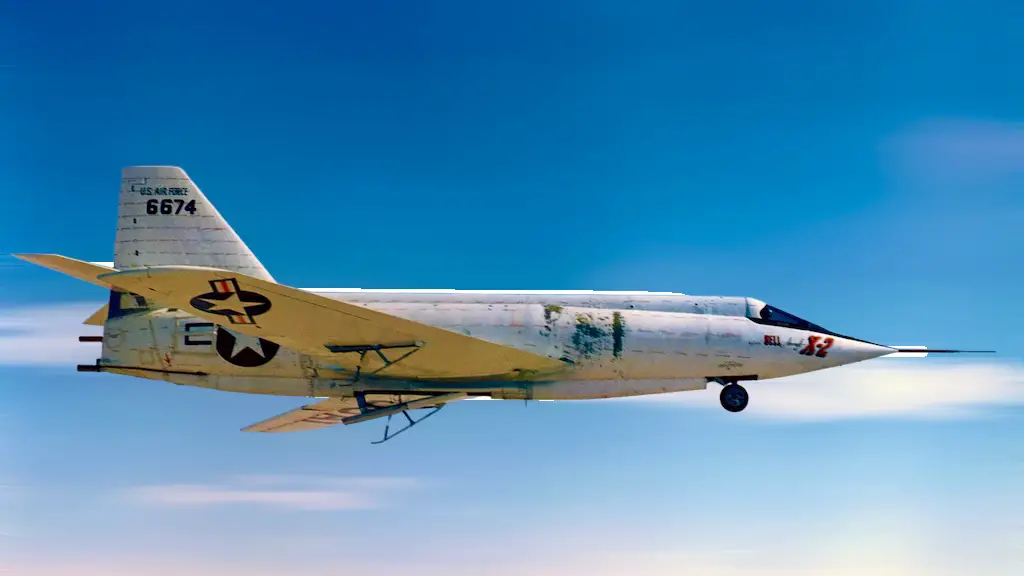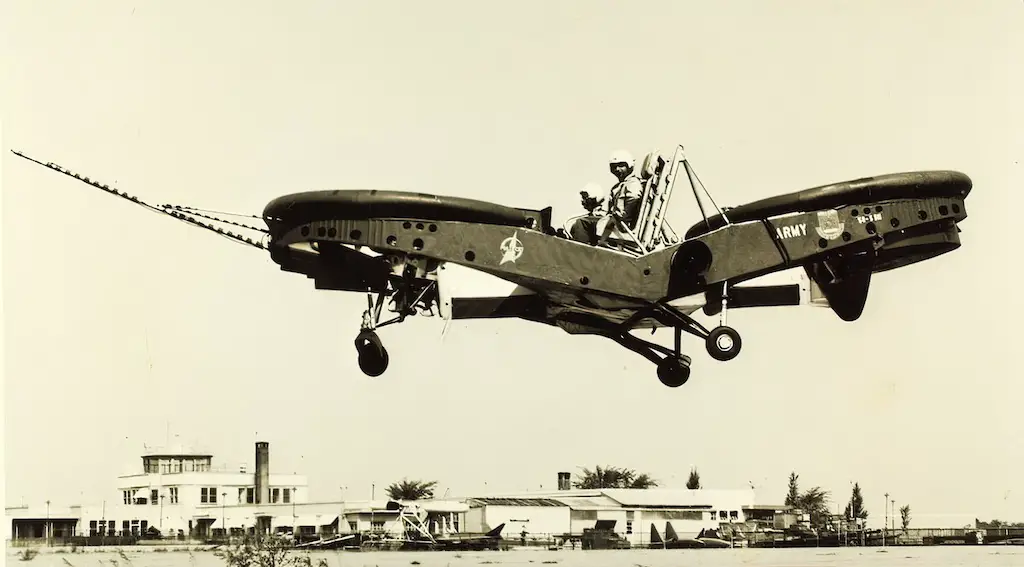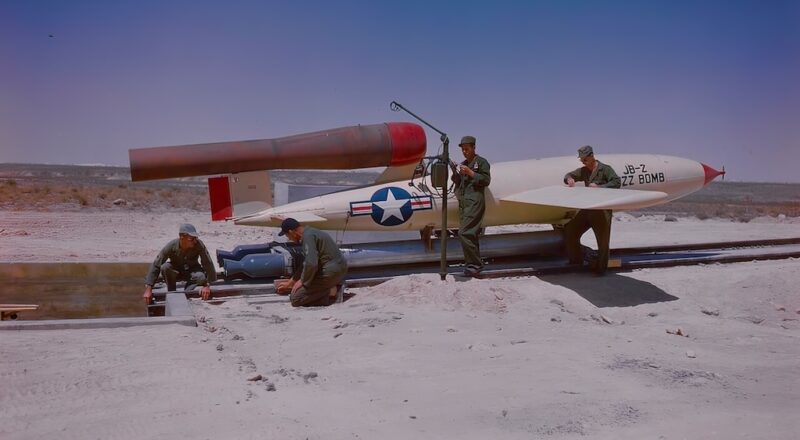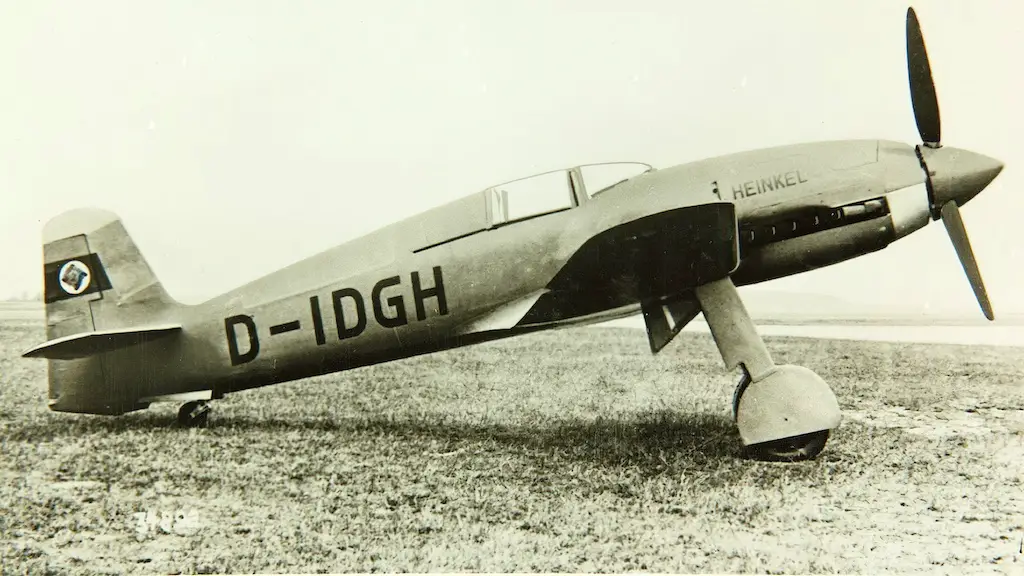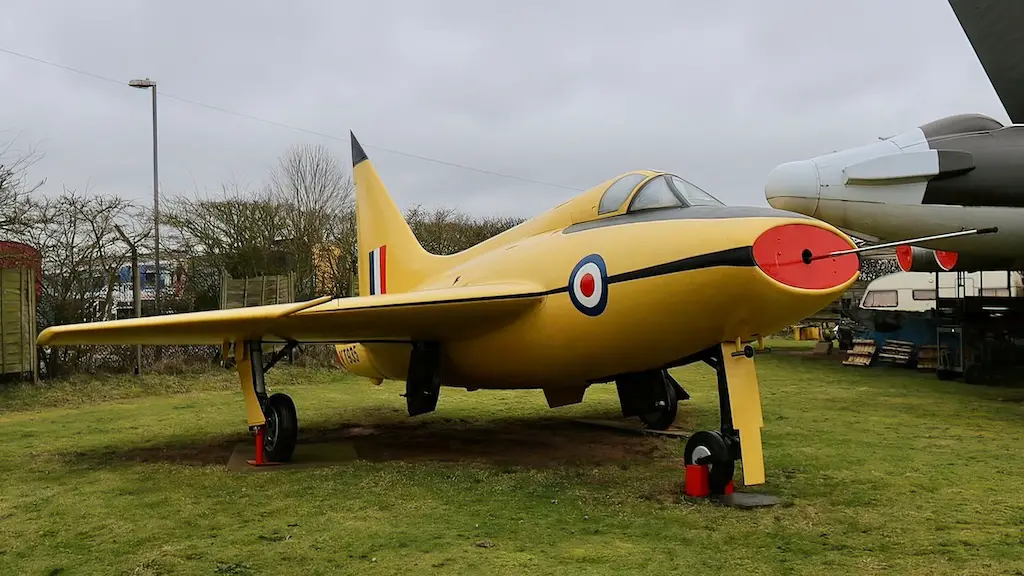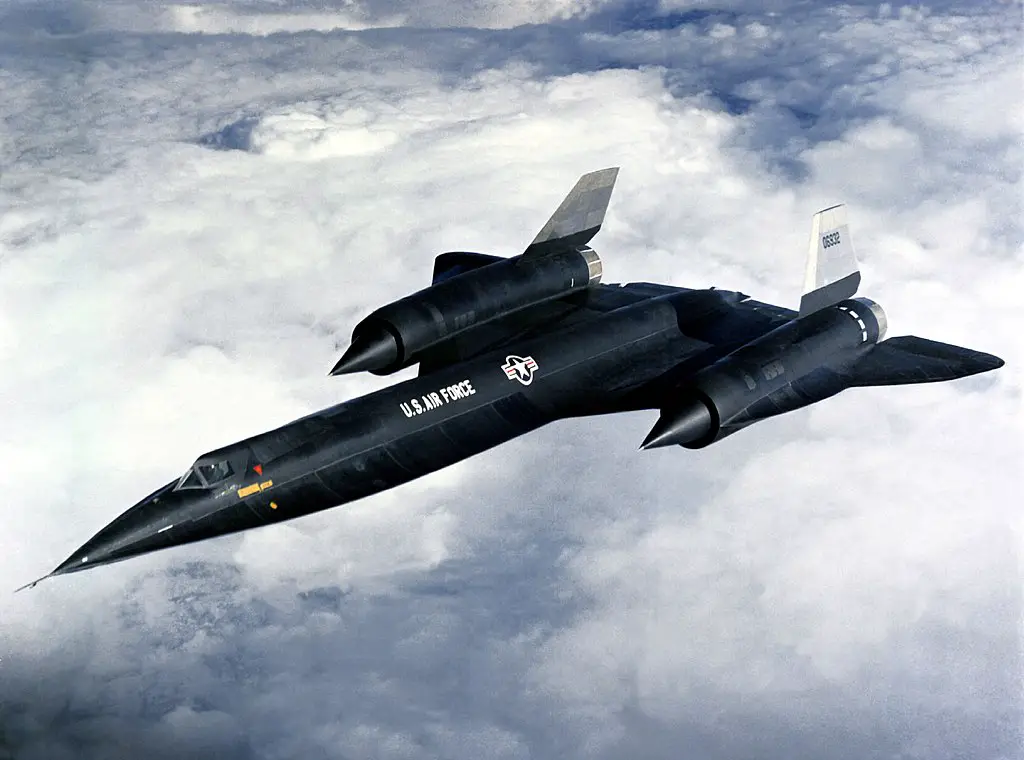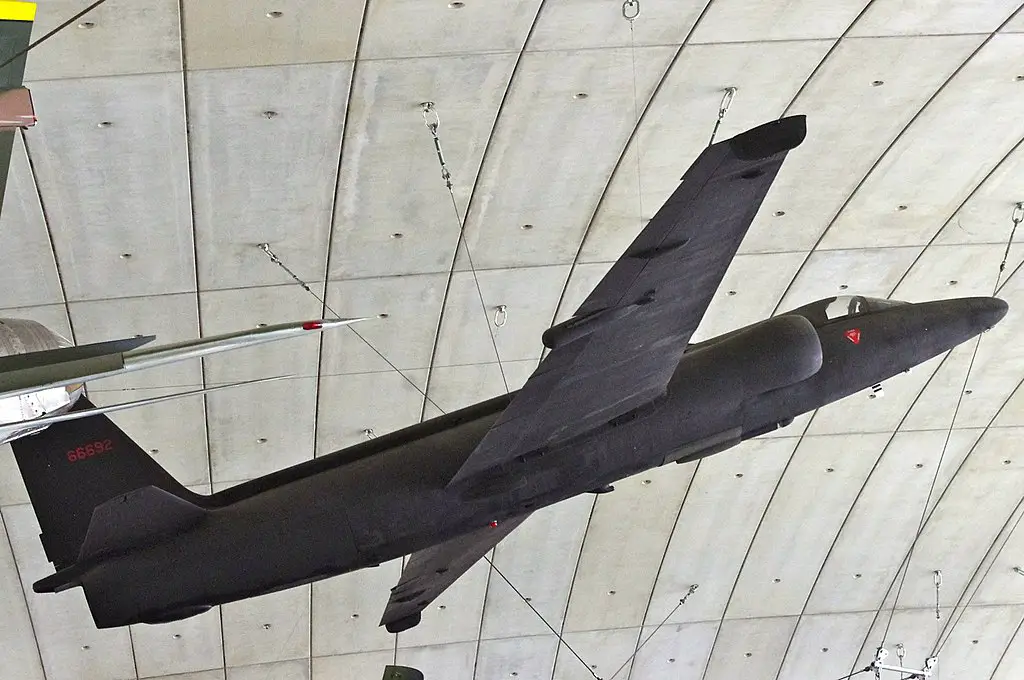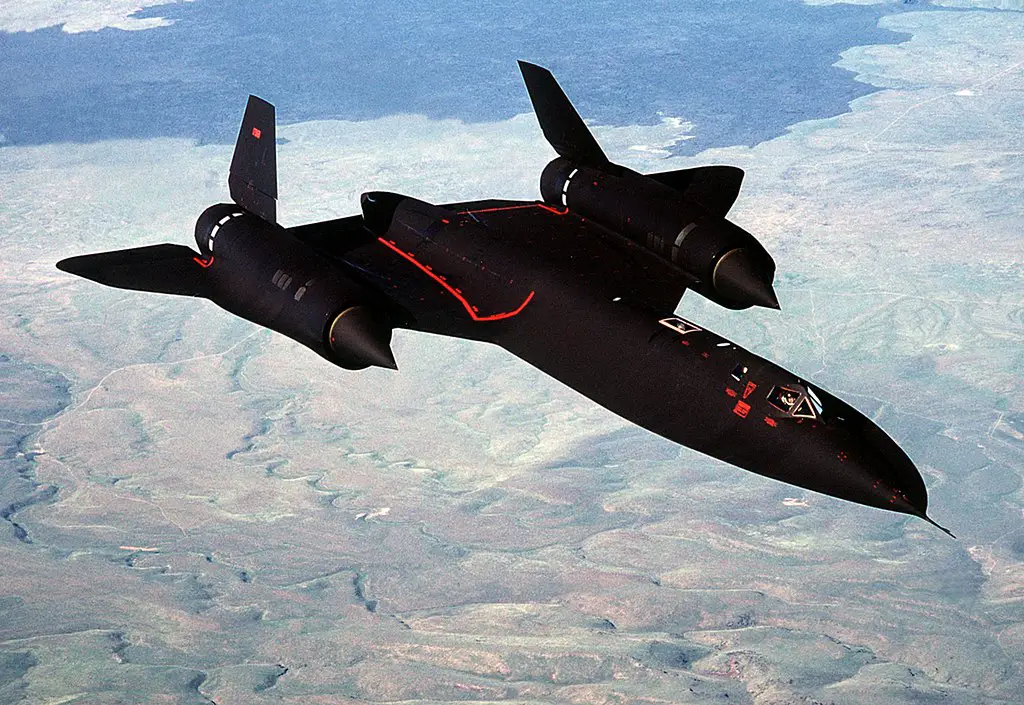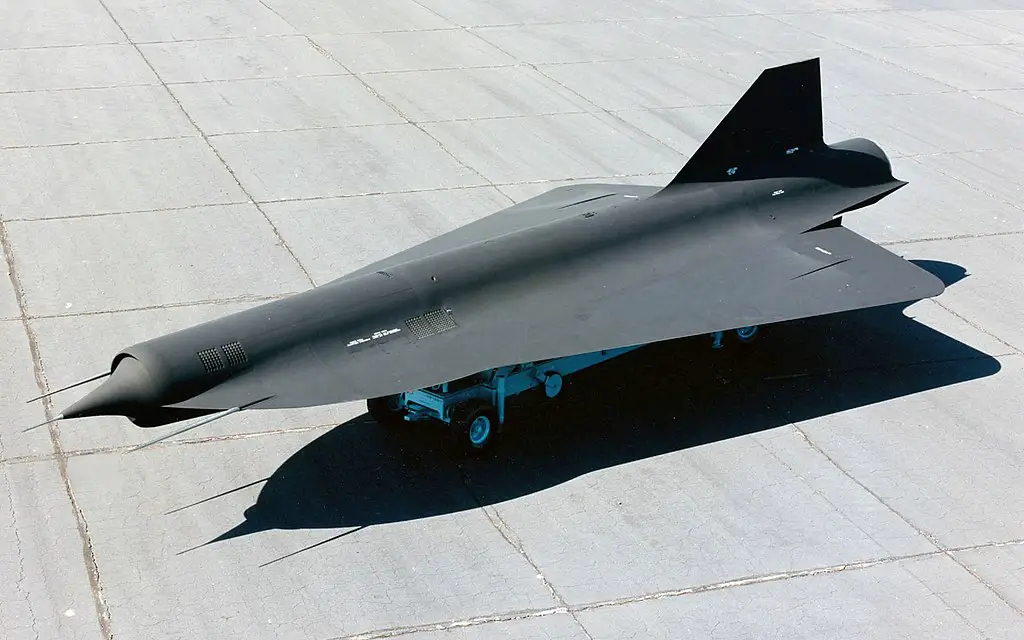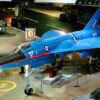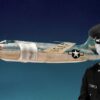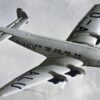The Lockheed A-12 stealth aircraft was developed specifically for the United States’ Central Intelligence Agency (CIA) for service under the cryptonym Project Oxcart. While it had the potential for a long career, its niche but vital service led to its early retirement just 10 months after being deployed to SouthEast Asia. During that time, the aircraft provided high-value photo intelligence in a number of missions with a slick design that brought forth the envy of manufacturers worldwide.
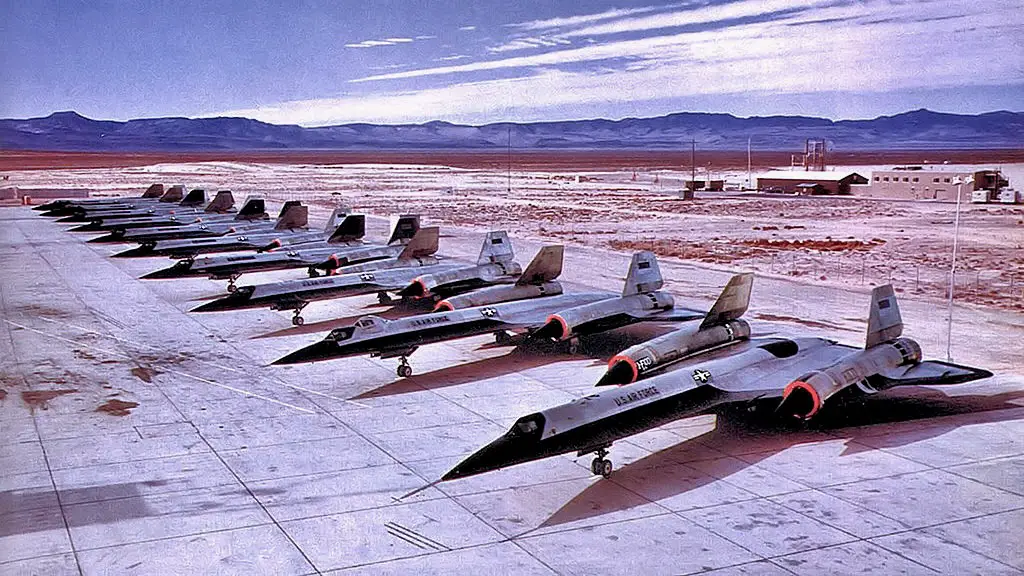
Project Oxcart
With talks beginning during the 1950’s, the A-12 was initially intended for aerial reconnaissance within the Soviet Union’s perimeter, just as its predecessor the U-2 had done. Project Oxcart was not the first project enacted to develop a replacement for the Lockheed U-2 such as projects Rainbow, Gusto, and Suntan. Competing against Convairs Kingfish and FISH designs, Lockheed won the contract in 1959 to manufacture the A-12. By January 1960, the CIA had ordered 12.
However, after the Soviets complained following five U-2 incursions in their territory, the U.S. President Eisenhower called on the ban of U-2 flights and recommended that any future replacement of the U-2 ought to be used during wartime only. He later gave permission to continue the project but under complete secrecy and discretion.
Yet, not long after the entire thing was scrapped. In May 1960, U.S. pilot Francis Gary Powers was shot down and captured while flying a U-2 over the USSR. Following this incident, the U.S. officially signed an agreement to no longer fly manned vehicles over the Soviet Union. Flying over the Soviet Union was seen as a dangerous endeavour, and so the A-12 project was canceled.
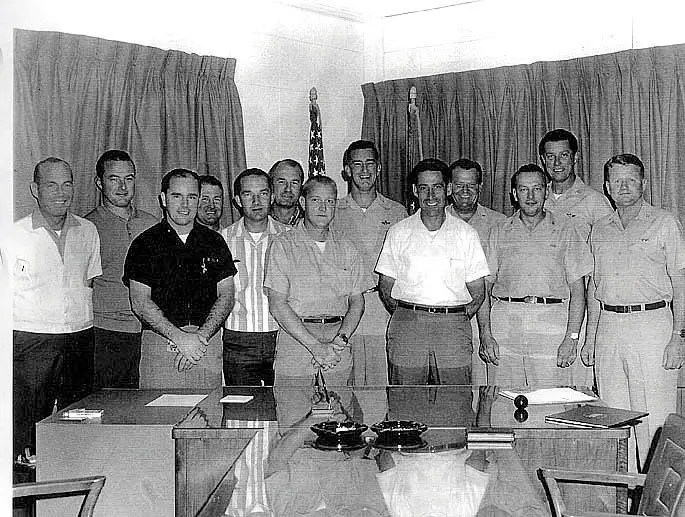
Ian Fleming’s Plane
The supersonic Lockheed A-12 had a look taken straight out of a spy movie. It was sleek and modern, and with a sultry matte black finish looked suited for the likes of James Bond or maybe even Christopher Nolan’s Batman.
Likened to a “Corvette in the sky” by The National Interest, the A-12 spanned 101 feet and had an extremely long, thin fuselage, which gave the spy plane its smooth, futuristic look.
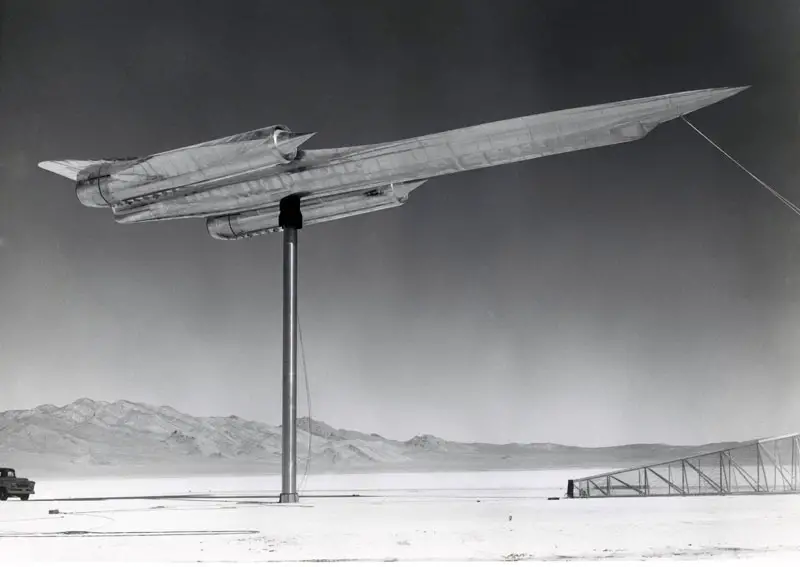
Operation Black Shield
As early as 1965, the U.S. was contemplating using the A-12 to spy on Chinese military activity. After two years of thinking it over, the CIA decided to deploy the aircraft to Kadena Air Base in Okinawa, Japan. Upon hearing rumours that the Northern Vietnamese had obtained S-75 Dvina, known as SA-2 in NATO countries, surface-to-air missiles (SAM), the U.S. President Lyndon B. Johnson approved the formal proposal to deploy the A-12. Thus Operation Black Shield was launched.
Four A-12s were selected for Black Shield operations. The first A-12 that was deployed to Kadena AFB flew non-stop from the U.S. to Japan, in a trip totaling six hours and six minutes. The second A-12 managed to complete the flight even faster, in five hours and 55 minutes.
On May 29, 1967 the A-12 made its first operational flight, following one flight line over North Vietnam and another over the demilitarised zone between North and South Vietnam. It was during this particular flight, that the A-12 went undetected by North Vietnamese and Chinese radar and successfully captured photographs that identified 70 of 190 known SAM sites. Capitalising on this success, the CIA made many more operational flights over the area and eventually concluded that no SAMs in North Vietnam actually exist.
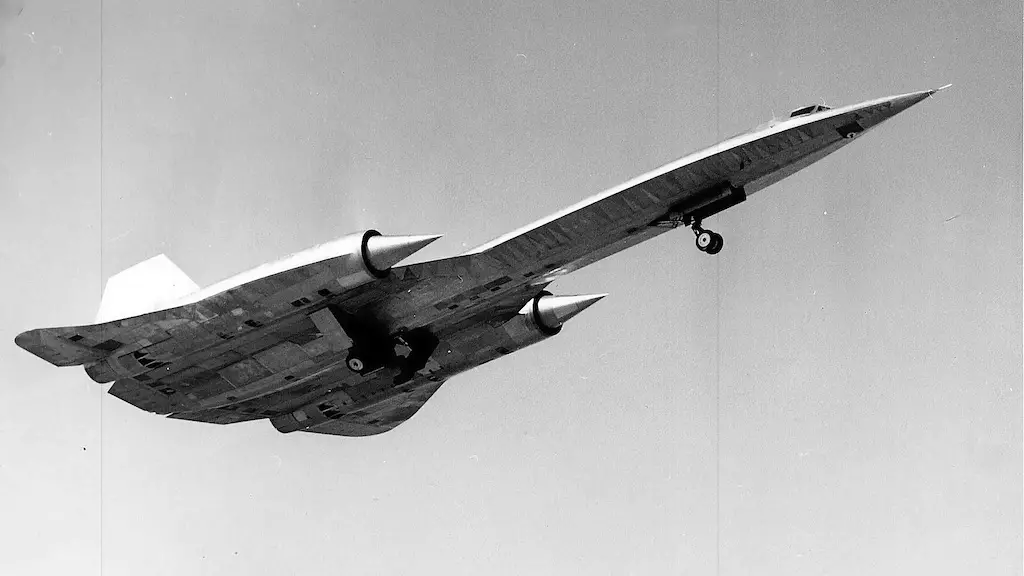
Close Shave
On October 28, 1967, during sortie number BX6732, pilot Denny Sullivan received indications on his RHAW receiver display of almost continuous radar activity focused on his A-12, whilst both inbound and outbound over North Vietnam. This culminated in the launch of a single SA-2 at him which according to CIA Manager John Parangosky, was the first ever at an Oxcart.
Two days later, during sortie BX6734, Sullivan was flying high over North Vietnam when on the first eastbound pass, between Haiphong and Hanoi, his RHAW receiver display indicated that two SA-2 sites were tracking him and preparing to engage; but neither were launched. However, it was during the second pass whilst heading west and in the same area as earlier, that at least six SA-2 missiles were fired upon him from sites around the capital.
He evaded all six and arrived back safely with only minor damage to the plane’s exterior. A tiny piece of shrapnel had penetrated the lower wing fillet of his aircraft and became lodged against the support structure of the wing tank. That was the only time in history that a Blackbird had damage inflicted upon it.
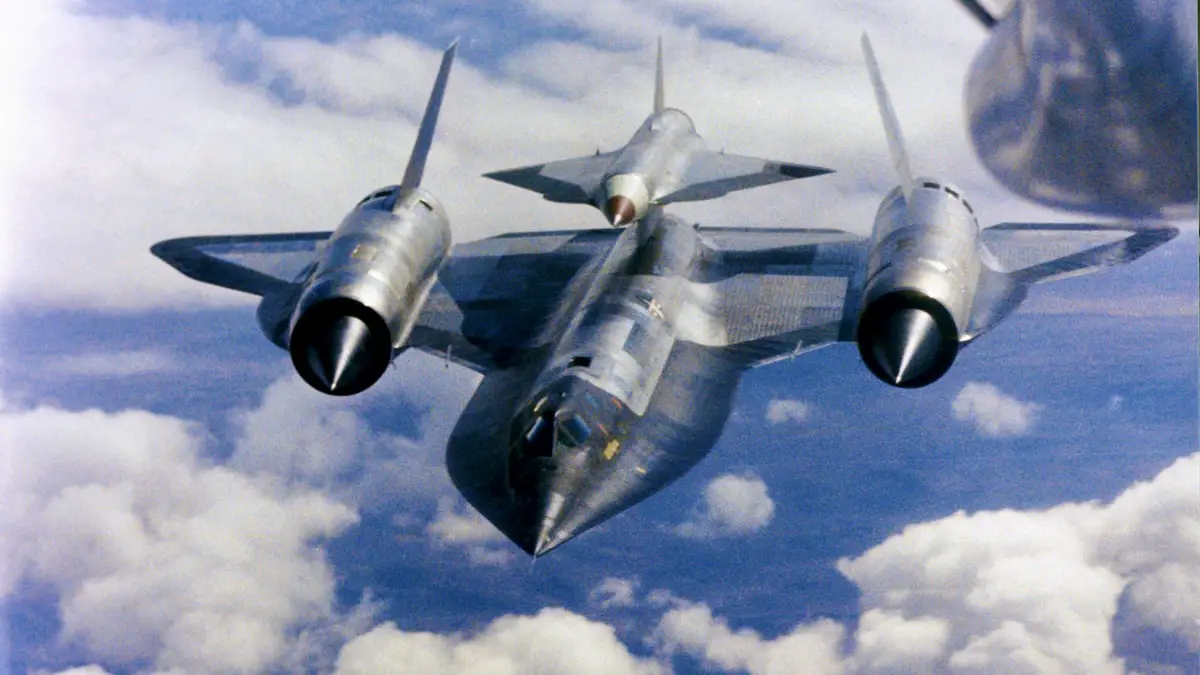
Early Retirement
The Lockheed A-12’s early retirement took place for several reasons, but the primary reason surrounded the development of the SR-71 Blackbird. In the duratio Lockheed was working on the A-12, the company had already begun conceptualising the SR-71 that entered into service in 1966.
While it and the A-12 share a similar appearance, the SR-71 has features that differ significantly from its predecessor. The aircraft has two-seats and is longer in length than the A-12. It also has a longer-lasting fuel range. It also looks a lot more terrifying.
That’s not to say the A-12 possessed no good qualities. It was lighter than the SR-71 and could go faster, but budget concerns over running both programs ultimately ended in the termination of the A-12 project in 1968. Over the course of the aircraft’s short-lived career, A-12 pilots had flown 29 missions over Asia. Nine A-12s remain on display in various museums across the United States.
